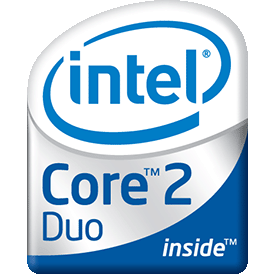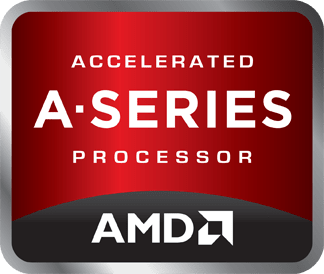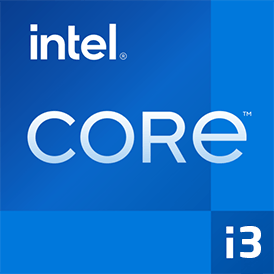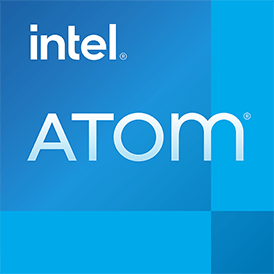Comparação da placa de vídeo MSI GeForce GTX 980 Ti Sea Hawk versus placa de vídeo Gainward GeForce RTX 2080 SUPER Phoenix por especificações e benchmarks. MSI GeForce GTX 980 Ti Sea Hawk roda na velocidade base de 1.190 GHz+ 19 % e tem 6 GB de memória GDDR5, enquanto a placa de vídeo Gainward GeForce RTX 2080 SUPER Phoenix roda na velocidade base de 1.190 GHz+ 19 % e tem 8 GB de memória GDDR6. O peso é diferente, -- vs --. O TDP da primeira placa de vídeo é 250 W e a segunda é 250 W . Compare os resultados do benchmark para descobrir qual placa de vídeo é melhor.


 Russian
Russian  English
English  Germany
Germany  Italian
Italian  French
French  Japan
Japan  Spanish
Spanish  Polish
Polish  Chinese
Chinese 








